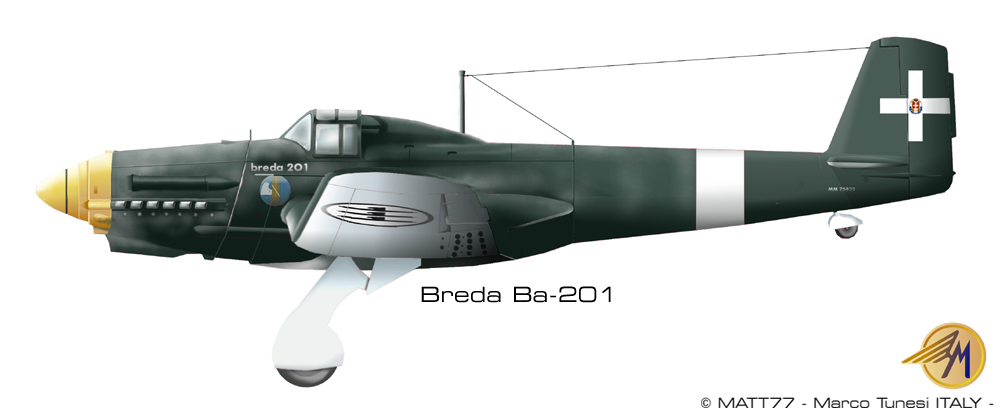The Heraklion and its sisters were laid down in 1939 in answer to the big German, British, American, French, Italian, Russian, cruisers being built at the end of the 1930's as those countries explored the upper limits of the heavy cruiser and into the American designation 'Large' cruiser (CB). Everybody was doing it.
Of the three ships laid down, the Heraklion was completed post war, the Sardinia was scrapped 1944-45 (by order of the Allies), while the Icarus was completed to a new design.
Below is the original cruiser design.
The Tyrrhennian Navy, during 1940-41, had been smashed by aircraft from Allied aircraft carriers at both ends of the Mediterranean. The Air Forces claim that they would be able to provide cover for the navies sorties proved to be false. The Allied aircraft off the carriers splashed any aircraft put up by the Tyrrhennian Air Force leaving the ships open to continuous attacks by Allied aircraft. When the Tyrrhenian Navy retreated back to port, the Allied carriers and aircraft sought them out there as well with attacks on the fleet in harbour.
The only way to stop the Allies from dealing to the Tyrrhennian Navy whenever they wished was to have aircraft at sea for their own protection. They then had to decide what type of ship to try and convert and what sort of aircraft numbers might be carried. They were informed by the Italian Navy of the two ships that they were going to convert, which were both from liner type vessels. These were not considered as a useful type by the TNS, who wanted a conversion that could be at sea within 12 months. The most basic of conversions was to be done. Virtually a box over the hull to contain the aircraft, with a wooden deck to provide the flying off deck.
So what was available to the Tyrrhenian Navy that might be converted. One of the existing capital ships, cruisers or a cruiser under construction. The best one may have been the battlecruiser Sardinia, but that had already been sunk by Allied carrier aircraft. The eventual choice was the uncompleted cruiser Sardinia (named for the sunken ship) of the Heraklion class.
